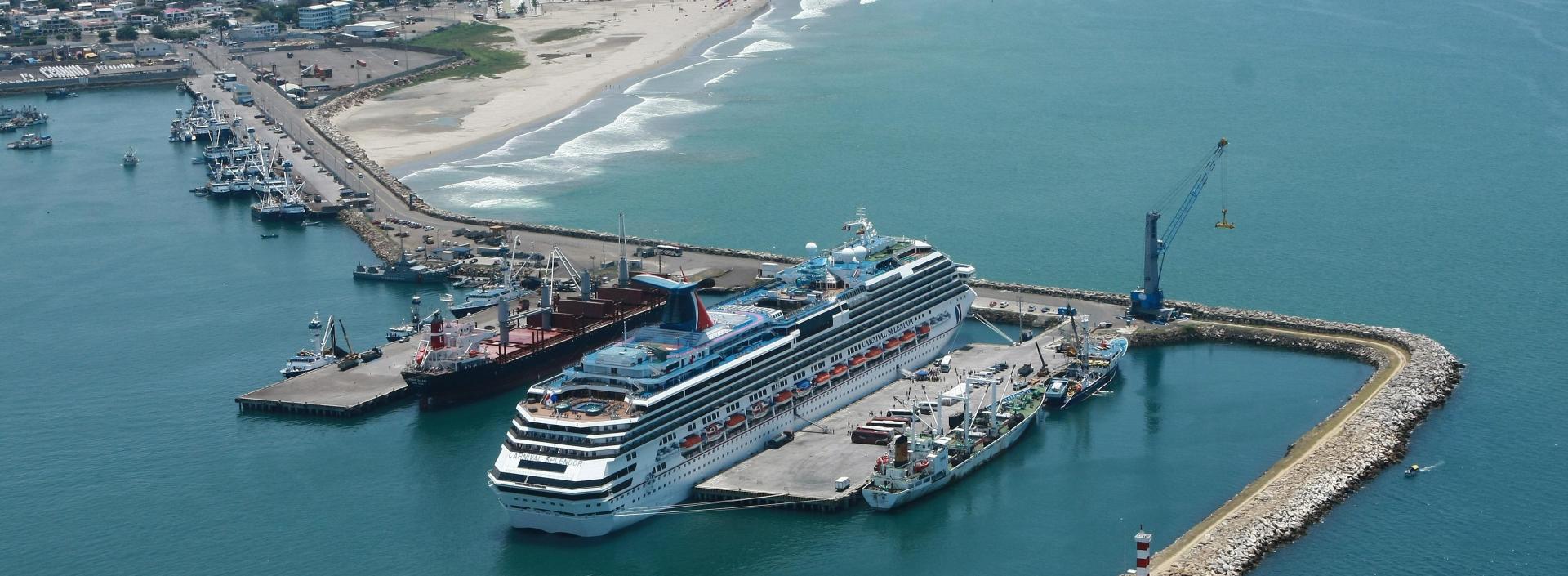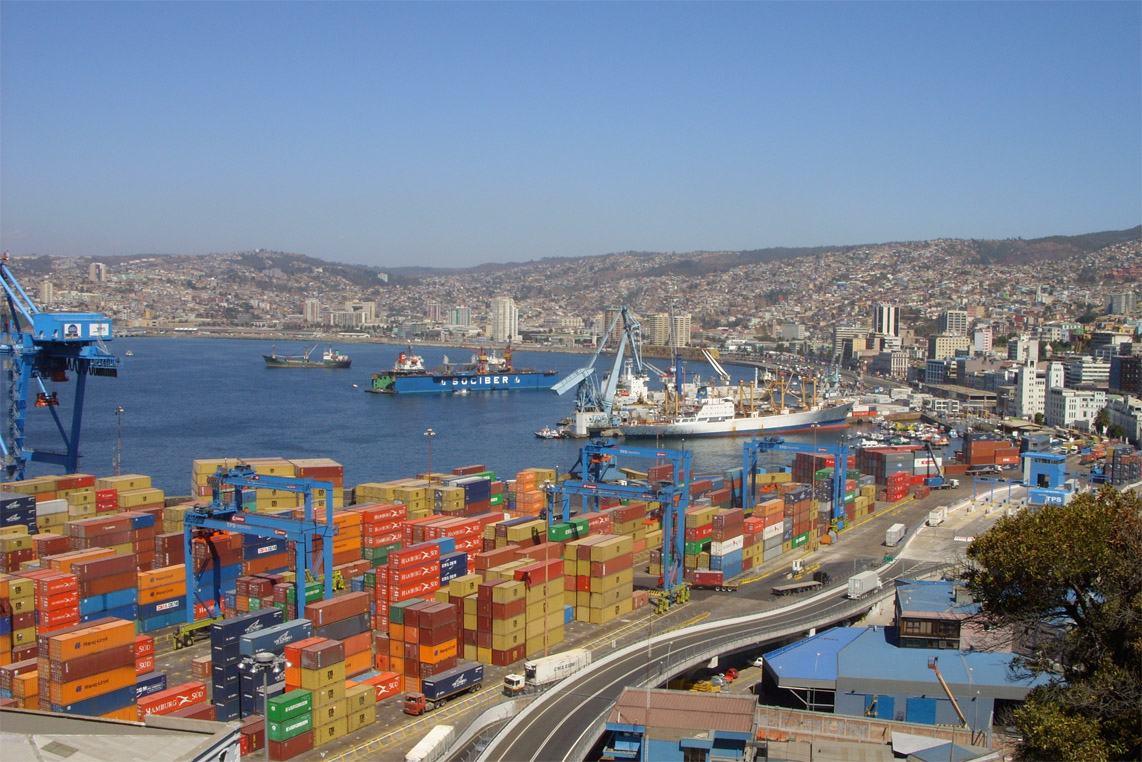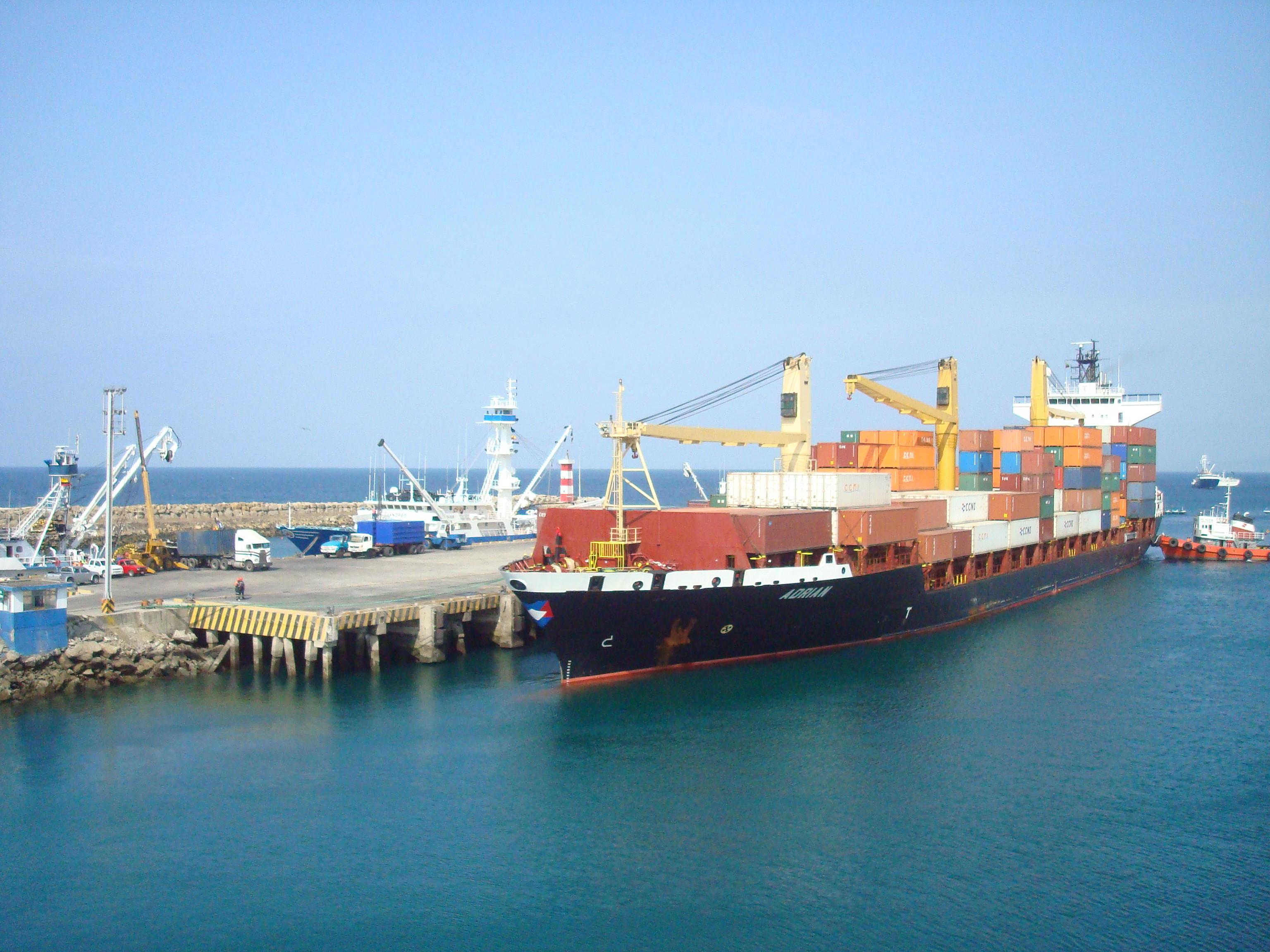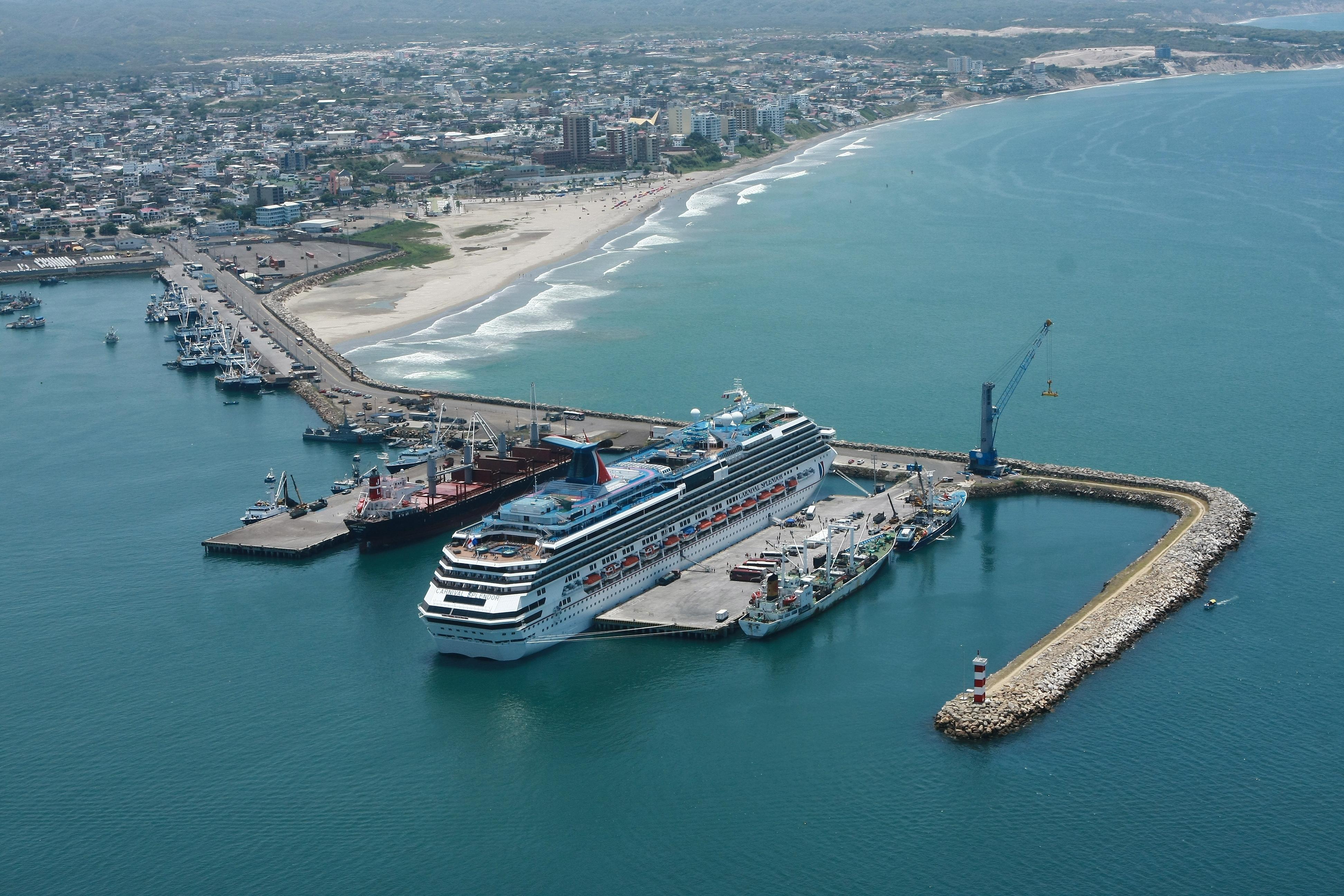The Ecuadorian Ministry of Transport and Public Works commissioned Ineco for the expansion of Manta Port, aiming to avail of a deepwater port that would allow entry to the country through the routes of large Post-Panamax ships and the new Panamax class ships, prepared for the expansion of the Panama Canal.
After analysing the different options for carrying out the expansion, Ineco performed a complete marine geotechnical campaign, a study of currents and an analysis of coastal dynamics in order to plan the optimal way to expand the port.
The design includes a 16.2 metre deep docking pit, with a new pier for the docking of ships up to 330 metres long and 48 metres wide. The new port design involves an extension and reorganisation of port spaces, including new areas for container storage.
The work carried out includes the extension of pier number one and the existing seawall, the esplanade between the pier and the seawall- including the closing dock between the breakwater and the first international pier, treatment to compact or consolidate the fill, dredging the international pier access canal and the design of the new fishing pier.
The modernisation of the installations is also included in the new design, since ship-to-shore (STS) gantry cranes, rubber-tired gantry cranes (RTG), conveyors for solid bulk and sockets for electrical containers, etc. are necessary for the operation of the port.
Thanks to this extension, Manta Port will be able to manage traffic of four million tonnes and 300,000 TEUs a year. A second expansion has been planned which will allow for nine million tonnes and 700,000 TEUs a year.
The total planned investment is 156 million dollars and the completion time for the work is 24 months.


























